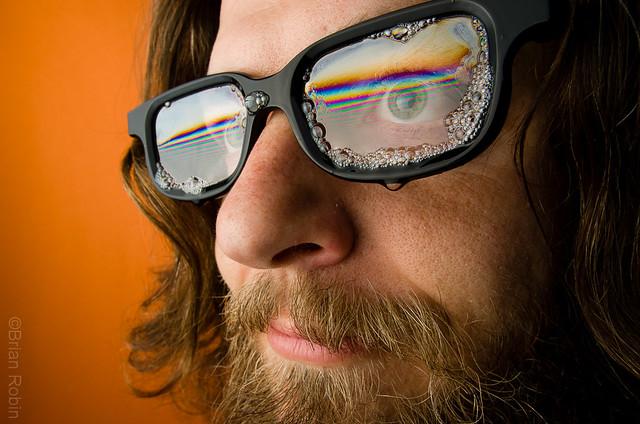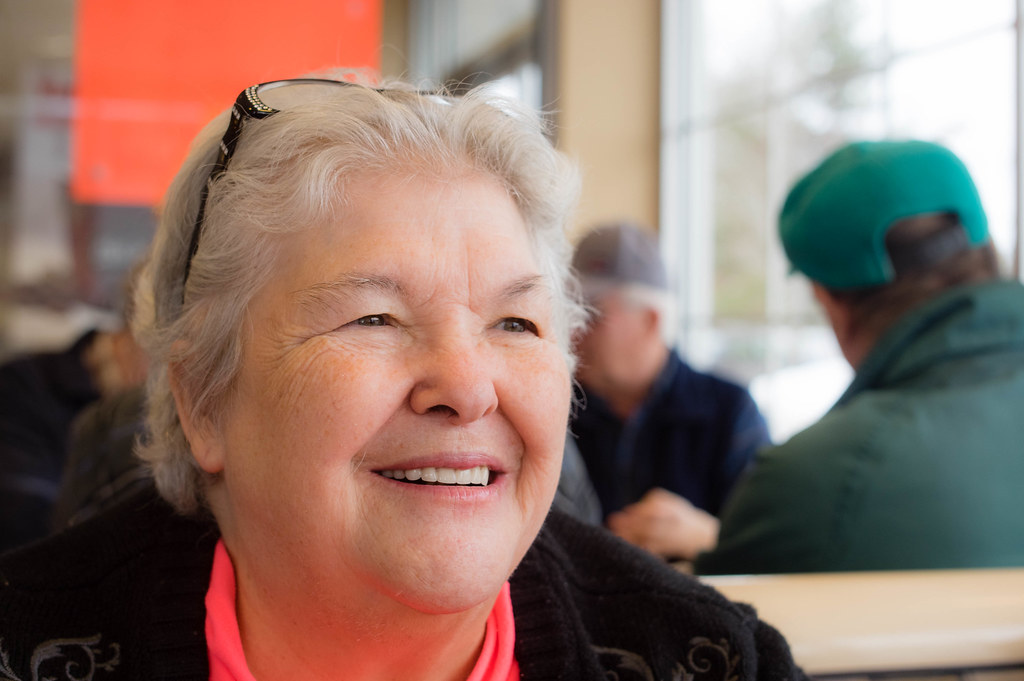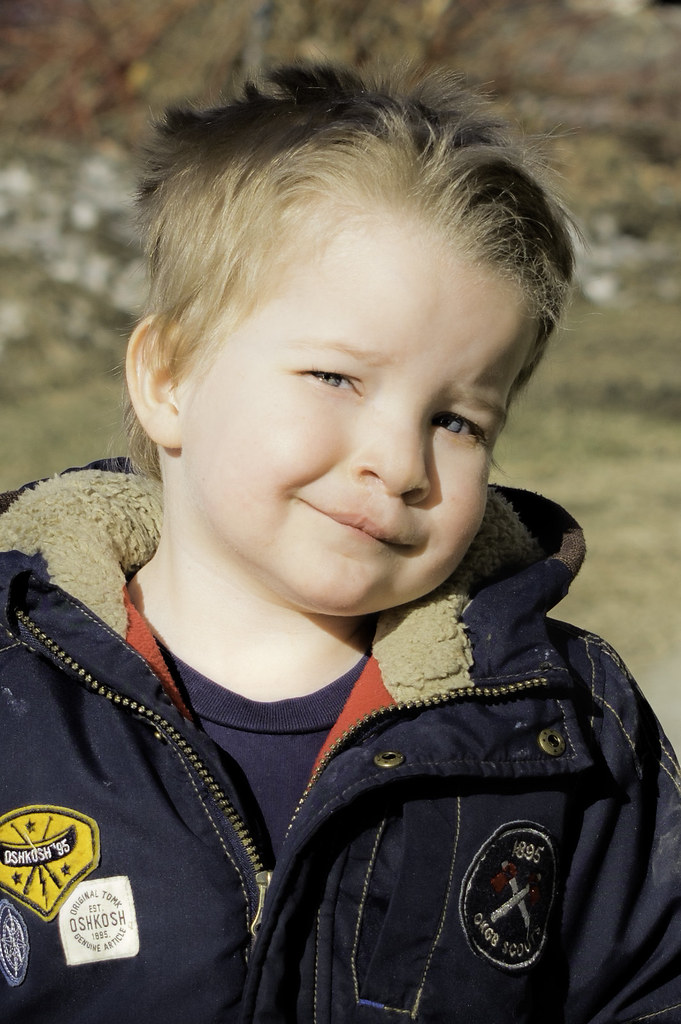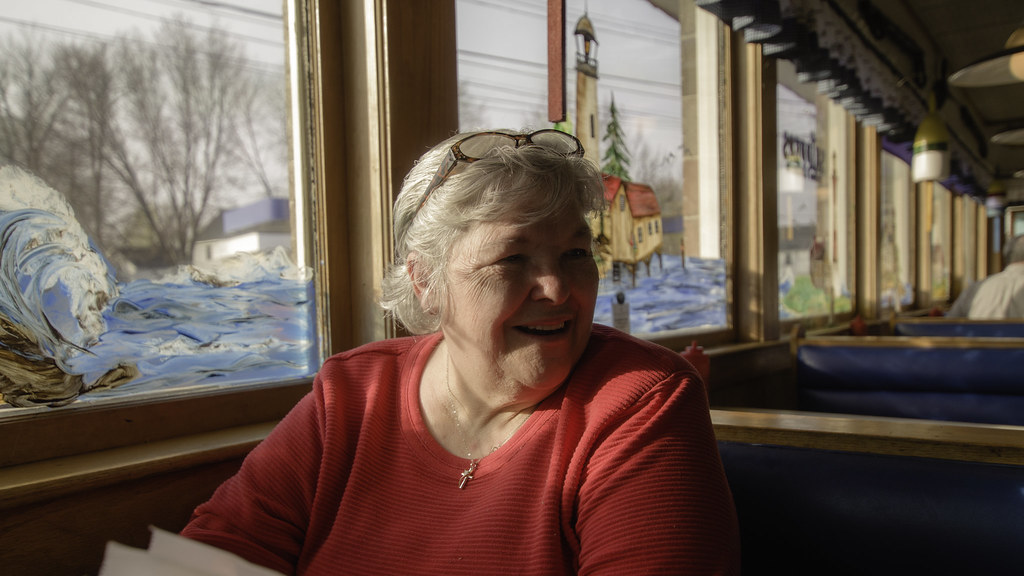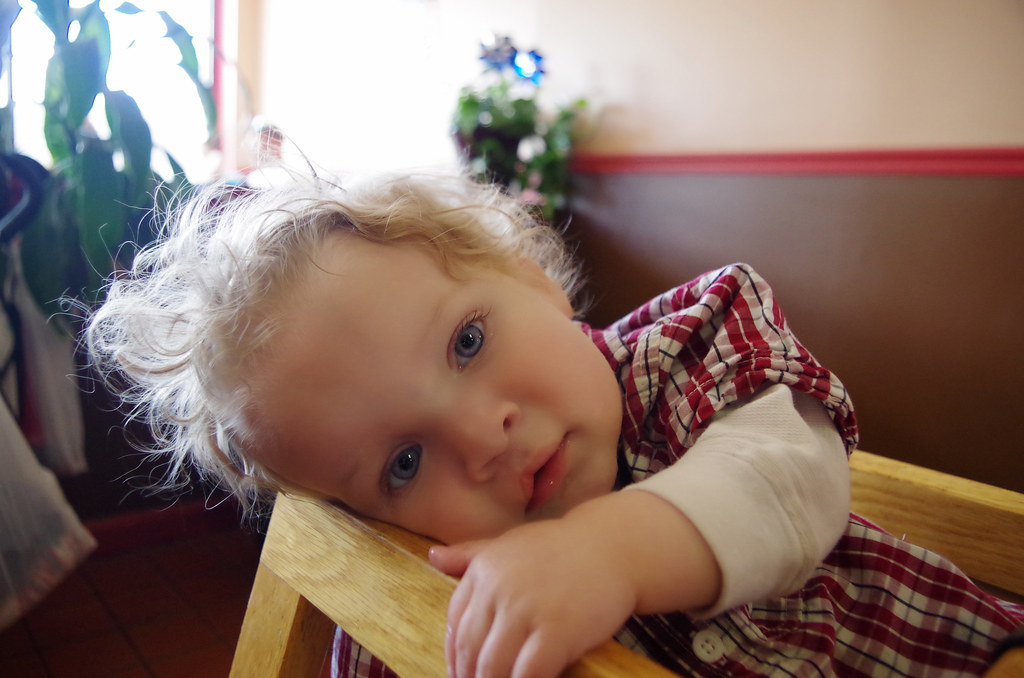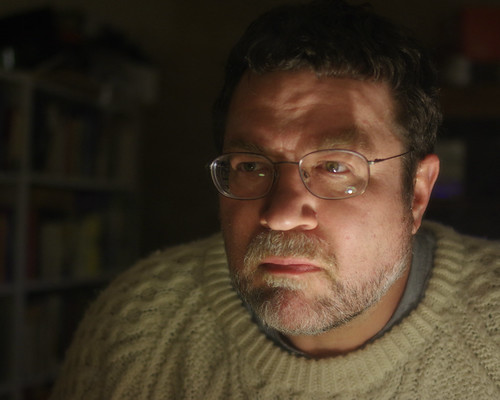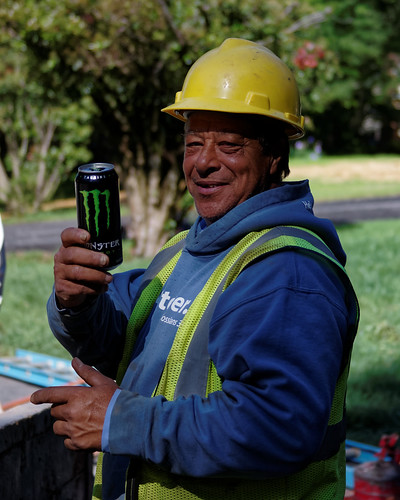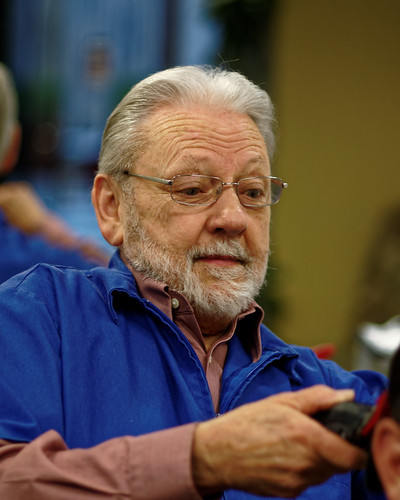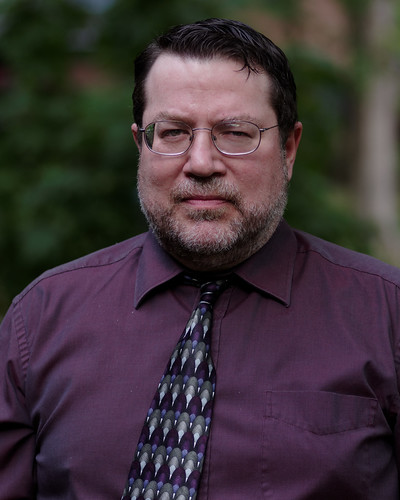 Originally posted by BrianR
Originally posted by BrianR 
This doesn't make sense to me? If all you change when switching to a longer focal length is your distance to the subject to keep the same framing of your subject, your background should now have more absolute blur, be a smaller cross section of the background (possibly less colour variation), resulting in better subject isolation. There are good examples under the "background blur" section here:
Depth of field. Though talking about "Distance Compression", there are half-body portrait examples here:
Depth of Field Explained (scroll down to "Focal length and Distance Compression").
Do you have any examples to illustrate what you're saying?
The strength of the blur is dominated by the ratio of the focusing distance and the distance to background. The focal length and aperture matter as well, but it's that ratio that really matters. Here's an example. FA77 on the K-1 and the K-5iis. Both shot at f/2.8.
K-5IIs and FA77

K-1 and FA77

And just for fun, here's the K-1 and the DA*55 at f/2.8:

For the first shot, I was 11' away and about 9' away for the K-1. With the 55, I was about 6' away. My framing isn't identical and you can see I was closer with the K-5 shot. For the same framing, I probably need to be 12' away on K-5. You might expect
While the wall at the far back seems to be blurred about the same in both photos, the blur is much stronger closer to the vacuum with the K-1 and FA77. Look at the wall on the right, where it goes back into doorway. In the K-5 shot, you can make out some lines on the molding near the floor. The carpet just behind the vacuum has some definition while on the K-1 shot it's much blurrier and you can't see the fibers. The crumbs on the carpet are much better defined in the K-5IIs shot. The isolation is not as strong, even though the same frame (within a few inches) and focal length was used.
Now look at the shot with the DA*55. It has about the same level of blur as the K-1 shot. It was taken quite a bit closer. The focal length is much shorter yet we still have the same strong blur. What we take from this is
the focusing distance is what matters the most.
Tony Northrop has his thing about "equivalent f-stops." What he argues is that you need to divide the f-stop by the crop factor as well. I think his math is a bit off on that but you can see he's not incorrect that you need to adjust the f-stop to compensate for the greater distance you must be. And indeed, here's one with the K-5IIs and FA77 at f/2.2:

We see a very similar level of blur with as we do with the K-1 here. We had to back up 33% and we had to go down two thirds of a stop.
---------- Post added 12-17-16 at 01:12 PM ----------
 Originally posted by Wheatfield
Originally posted by Wheatfield 
If you can get back 15-20 feet, full lengths with a 70mm on APS-C are perfectly feasible. Depth of field is a product of reproduction ratio.
Pretty much your entire post is wrong.
Magnification, and hence reproduction ratio, changes as you get further from the lens. For simple lenses, the two are related by

d_i is the distance from the lens to the image. As you back up more, you'll magnify things in the "foreground" less than the background and have less image compression. Alteratively, as you get closer, you magnify things that are close more than things that are farther. This effect is more gradual with longer focal lengths. Hence, the reproduction ratio decreases on APS-C and that's why you don't quite get the same isolation/compression and why shorter focal lengths don't distort like they do on FF. You can fill a frame with a person's face at 30mm without causing issues on APS-C. Do the same on FF and they will look strange. This is why.
And getting back 15-20 feet is a challenge in many cases. Try doing that in a crowded walkway or a small room. If you've got an extra 20' in your studio....can I come shoot at your place? We've got like 12' at the most. If you have infinite space, sure, but I rarely used my FA77 on crop because I didn't have the room in most cases. Now it's my most used lens on the K-1.


 Similar Threads
Similar Threads 
















